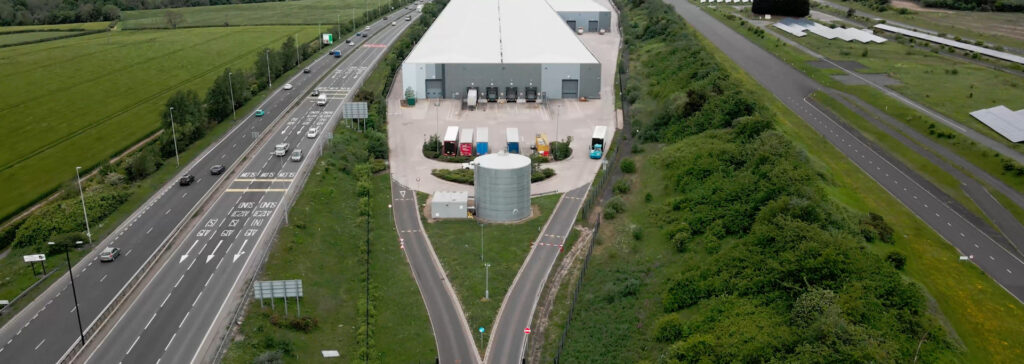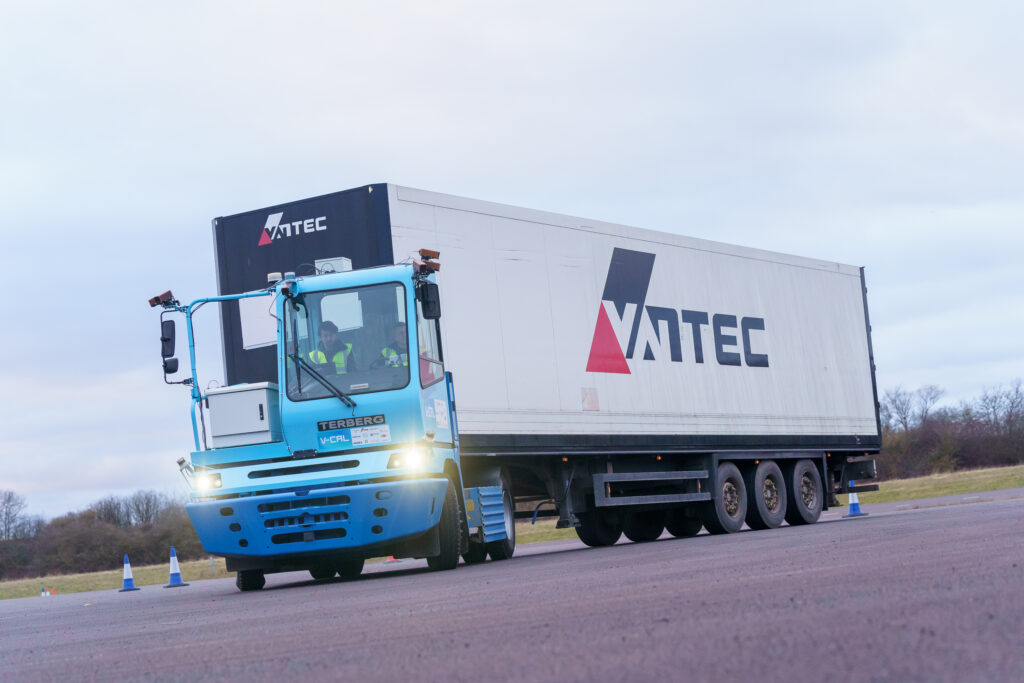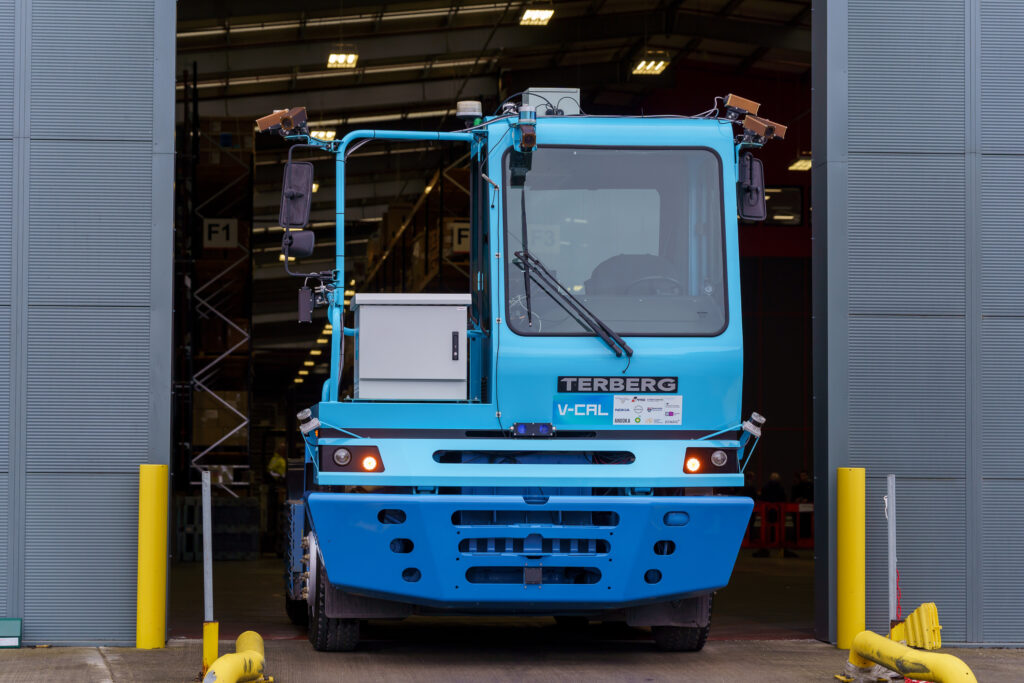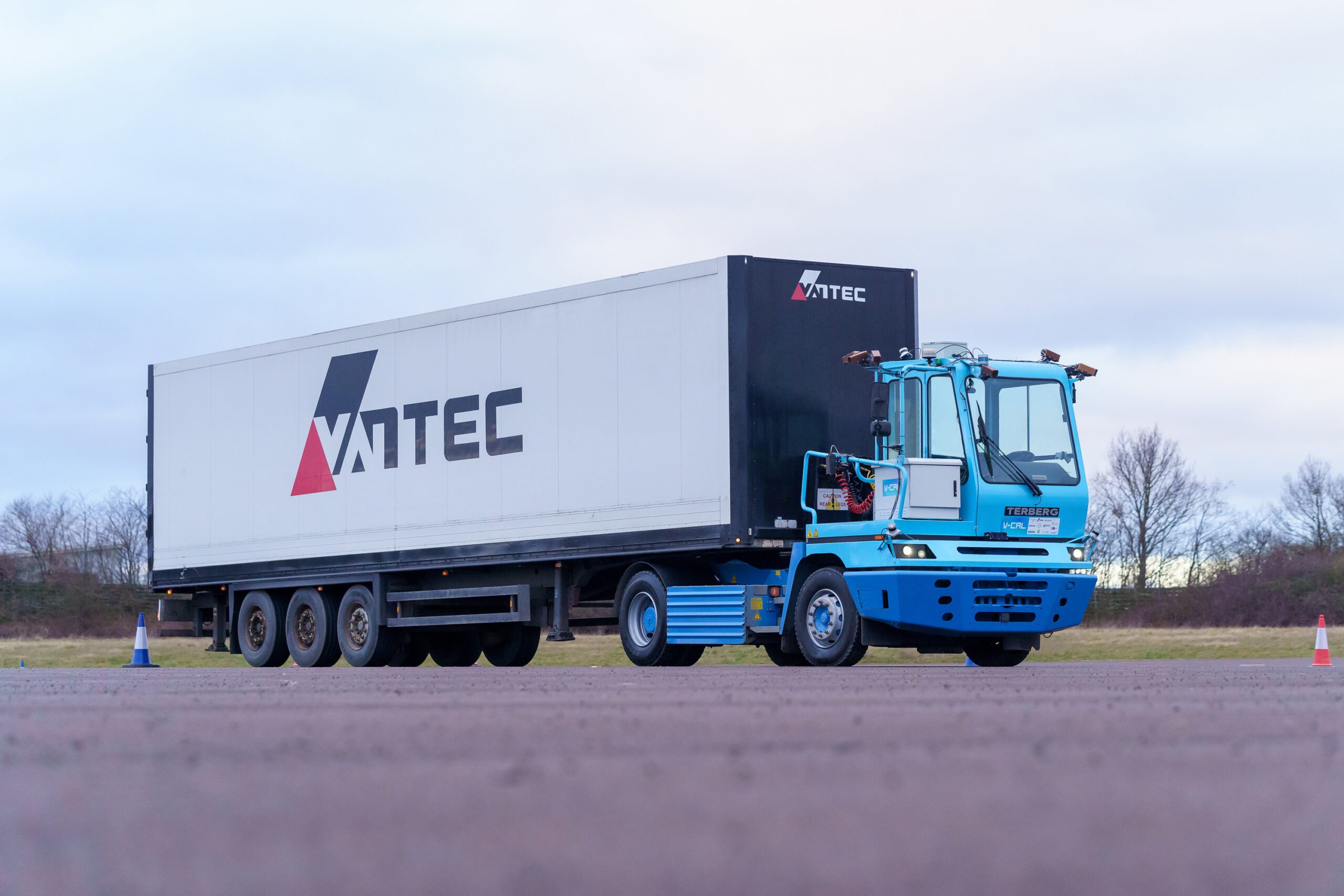Automation has revolutionised many industries, transforming the way businesses store, receive and distribute goods. The logistics sector is no exception; automation in distribution centres has enabled efficient warehouse operations that provide an unparalleled level of accuracy and consistency to businesses across various industries.
In this blog post, we’ll dive into what it takes to make a fully-automated distribution centre: from planning and implementation all the way through maintenance and upkeep. We will cover how automation can benefit your business operations with increased efficiency, enhanced safety measures and improved customer service levels. With this information under your belt, you’ll be able to weigh up the pros and cons of implementing automation in your own operations — whatever they may look like!

What is automation in distribution centres and why is it important for businesses and customers alike
Automation in distribution centres involves using technology to streamline the processes involved in receiving, storing, and shipping products. This can include the use of autonomous yard tractors for delivering parts from your suppliers to your manufacturing plant, robots, conveyors, and automated storage and retrieval systems.
The importance of automation cannot be overstated, as it offers businesses increased efficiency, accuracy, and cost savings. By eliminating the need for manual labour, businesses can reduce the risk of worker injury and also increase their output levels. Additionally, automation technology such as autonomous trucks can also improve the customer experience by enabling faster and more reliable delivery times. As technology continues to advance, automation in distribution centres will become increasingly prevalent, further highlighting its vital importance.
Benefits of automation for businesses, including increased efficiency and cost savings
Automation is revolutionising the way businesses operate by providing numerous benefits, such as increased efficiency and cost savings. One of the most significant industries where automation is playing a crucial role is transportation. Autonomous trucks are increasingly being used by businesses to transport goods in off-highway environments with minimal human intervention, reducing the risk of accidents and increasing efficiency.
Additionally, with the push towards net-zero emissions, electric trucks are becoming popular, providing an eco-friendly transportation mode. Such automation technologies have also resulted in significant cost savings for businesses, as they minimise costs for fuel, maintenance, and labour. These advancements in automation are transforming the world of business, making it faster, reliable, and more sustainable.

Possible challenges businesses may face when implementing automation
Automation can greatly benefit businesses by streamlining processes and increasing efficiency. However, implementing automation also poses some challenges that cannot be overlooked. One of these challenges is the implementation of autonomous yard tractors. While these self-driving machines can save time and labour costs, they require a significant investment and may face obstacles such as unpredictable weather conditions or other external factors.
Additionally, employees may need to undergo new training in order to maintain and monitor these machines. Despite these challenges, the use of autonomous yard tractors will ultimately lead to increased productivity and streamlined operations for businesses willing to take the plunge into automation.
Different types of automated technology and how they are used in distribution centres
Automated technology has revolutionised the way distribution centres operate. One of the most notable advancements is the use of autonomous trucks, which can transport goods without the need for human drivers. These trucks are equipped with sensors, cameras, and GPS technology that enable them to navigate roads safely. Additionally, autonomous deliveries have also become more common, with companies like Amazon testing drone deliveries to speed up the process.
Another significant development is the use of off-highway autonomy, which allows vehicles to operate in slow speed, low complexity environments without human intervention. These different types of automated technology have not only improved efficiency in distribution centres but have also reduced the risk of accidents and injuries associated with human-operated machinery.
Examples of successful distribution centre automation implementations and their results
The implementation of automation in distribution centres has led to increased efficiency and cost savings for various companies. For example, 5G CAL, a consortium led by North East Automotive Alliance, implemented automation at the Nissan car plant in Sunderland UK, using StreetDrone autonomous and remote driving technologies, which resulted in reduced costs, improved productivity, enabled industrial decarbonisation and enhanced industrial safety. This successful implementation of automation – currently scaling up as part of the V-CAL consortium led by the North East Automotive Alliance (NEAA) – proves that the use of technology can greatly benefit distribution centres and the logistics industry as a whole.

Best practices for ensuring a successful transition to automated systems in distribution centres
As technology continues to advance, many distribution centres are adopting autonomy to improve efficiency and reduce human error. The shift towards autonomous logistics and automated supply chain management is undoubtedly the future of the industry. However, transitioning to these systems can be a daunting task for companies. It’s crucial to implement best practices to ensure a successful transition.
First and foremost, communication with employees and stakeholders is key. Change management and training should be provided to employees to ensure their understanding and acceptance of the new systems.
Secondly, scalability and flexibility should be considered when choosing an automated system. This includes conducting thorough research and testing to ensure the system can adapt to changing circumstances and future growth.
Finally, monitoring and continuously improving the system is critical to maintaining its efficiency and success. By following these best practices, distribution centres can reap the benefits of automation while minimising the challenges involved in its implementation.
In conclusion, automation in distribution centres is a critical technology for businesses today. It can help to increase efficiency, reduce costs and provide an enhanced customer ecommerce experience. Automation implementations include a variety of technologies from robots, vision systems, laser scanners, autonomous yard tractors and more.
For businesses looking to make the transition to automated distribution centres, successful examples such as 5G CAL’s autonomous 40-tonne truck, which Vantec is using to distribute parts from Nissan‘s suppliers to their car plant in Sunderland, has provided real-world models that can be informative and inspirational. By understanding the benefits of incorporating automation within their business model, companies can begin implementing best practices to ensure their success in the long-term.
If you feel that your business would benefit from increased efficiency and cost savings when it comes to distributing products or materials, then now is the time to explore your automation options. Ultimately, the use of autonomous technologies has revolutionised data analysis and warehouse operations – leading to greater customer satisfaction overall. Learn more about our autonomous technology today!




